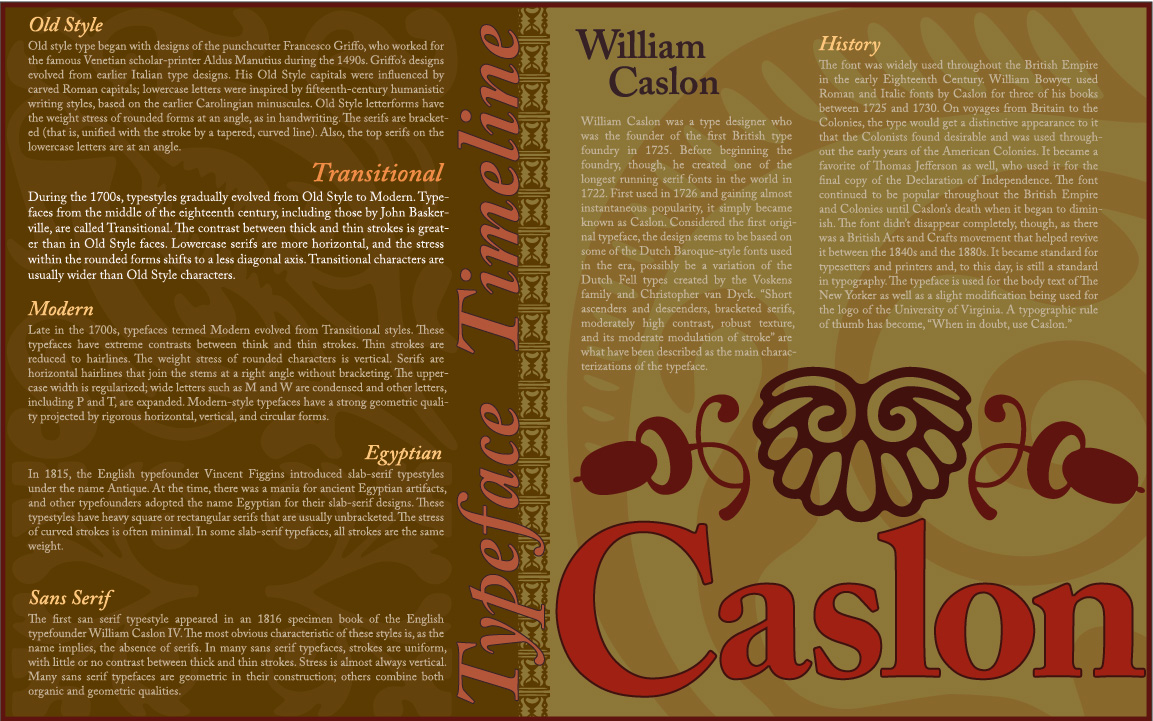

We were among the first university presses to offer titles electronically and we continue to adopt technologies that allow us to better support the scholarly mission and disseminate our content widely. This page uses Creative Commons Licensed content from Wikipedia ( view authors).Among the largest university presses in the world, The MIT Press publishes over 200 new books each year along with 30 journals in the arts and humanities, economics, international affairs, history, political science, science and technology along with other disciplines. Oxford Dictionary of National Biography (online ed.). British type specimens before 1831: a hand-list. William Caslon, 1693–1766: the ancestry, life and connections of England's foremost letter-engraver and type-founder. "Caslon" Encyclopædia Britannica Cambridge University Press Bibliography This article incorporates text from a publication now in the public domain: Chisholm, Hugh, ed. Caslon & Company was no longer in business, and the expanded Founders Caslon is no longer offered in retail market. However, following the death of Justin Howes in 2005, the revived H.W. Caslon & Company Limited, with an expanded version of ITC Founder’s Caslon as the company's initial product. In 1998, Justin Howes reestablished the Caslon foundry, under the name H. After 275 years, Caslon type is still widely used. The family of William Caslon III's sister-in-law kept the main Caslon foundry running until 1937, when Stephenson Blake acquired the remaining H.W. In 1837, the Caslon Foundry became the property of Stephenson, Blake & Co.

In 1819, William Caslon IV sold the Caslon & Son to the new Sheffield foundry of Blake, Garnett & Co. In 1807, Caslon & Son was passed to William Caslon IV. In the same year, William Caslon III purchased the Salisbury Square foundry from the recently deceased Joseph Jackson, and renamed it to Caslon & Son. In 1792, William Caslon III sold his share of Caslon Foundry to his mother and his sister-in-law, the widow of his brother Henry. William Caslon founded the Caslon Foundry at around 1720, which became the leading English typefoundry of the 18th and early 19th centuries.Īfter the death of William Caslon I, his son William Caslon II took over the Caslon Foundry business, which lasted until William Caslon IV sold the foundry to Blake, Garnett & Co. The Caslon family tomb in the churchyard of St Luke Old Street, London Death and burialĬaslon died on 23 January 1766, and was buried in the churchyard of St Luke Old Street, London, where the family tomb (bearing his name and others) is preserved. Several revivals of the Caslon types are widely used today. The Caslon types fell out of favour in the century after his death, but were revived in the 1840s. Caslon's types became so popular that the expression about typeface choice, "when in doubt, use Caslon," came about. His designs influenced John Baskerville and are thus the progenitors of the typeface classifications Transitional (which includes Baskerville, Bulmer, and Fairfield), and Modern (which includes Bell, Bodoni, Didot, and Walbaum).Ĭaslon typefaces were immediately popular and used for many important printed works, including the first printed version of the United States Declaration of Independence. Caslon's typefaces were inspired by the Dutch Baroque types, the most commonly used types in England before Caslon's faces.


 0 kommentar(er)
0 kommentar(er)
